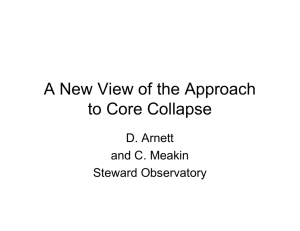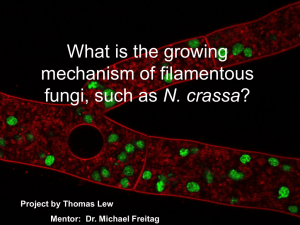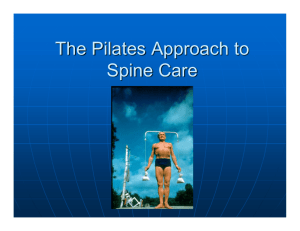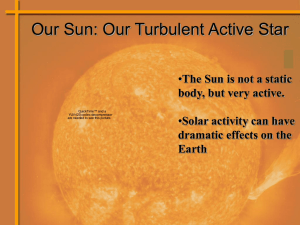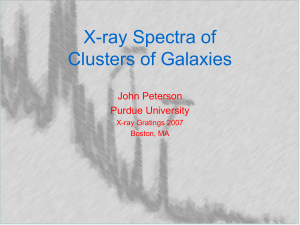Properties of Matter
advertisement
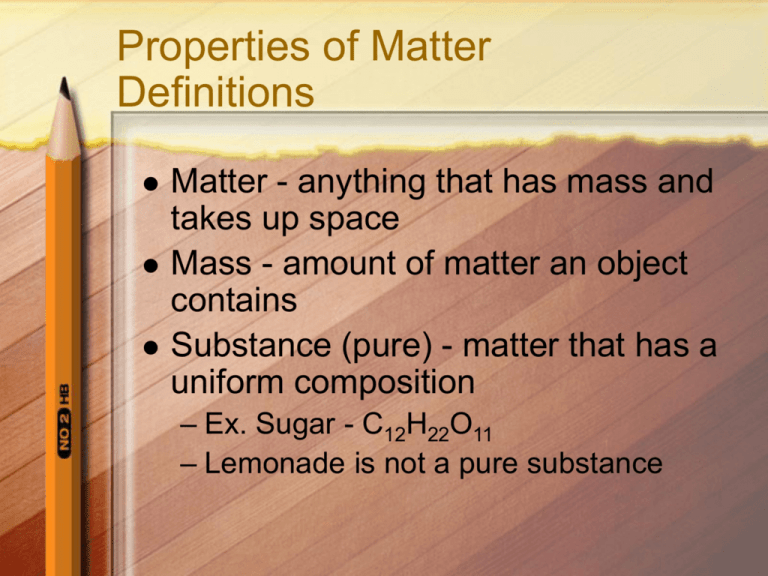
Properties of Matter Definitions Matter - anything that has mass and takes up space Mass - amount of matter an object contains Substance (pure) - matter that has a uniform composition – Ex. Sugar - C12H22O11 – Lemonade is not a pure substance Properties of Matter States of Matter (Solid) Definite shape Definite volume Is incompressible (atom or molecules can not be pushed closer together) Examples – coal, sugar, ice, etc Properties of Matter States of Matter (Liquid) Matter that flows Has a fixed volume Takes the shape of its container Incompressible Examples – Water, milk, blood, etc Properties of Matter States of Matter (Gas) Matter that takes the shape and volume of its container Easily compressed Examples – Oxygen, nitrogen, helium, etc States of Matter Video QuickTime™ and a YUV420 codec decompressor are needed to see this picture. Properties of Matter Physical Property An observed condition of the substance Physical properties help identify substances Examples include: Color Solubility Odor Density Hardness Melting point (m.p.) Boiling point (b.p.) Malleability Ductility Luster Properties of Matter Physical Change A change which alters a given material without changing its composition Nothing new is made Example – Ice melting - new state of matter but substance is still H2O – Vapor - a substance that is in a gaseous state but liquid at room temp Change of State - a physical change QuickTime™ and a YUV420 codec decompressor are needed to see this picture. Properties of Matter Chemical Property The ability or inability of a substance to rearrange its atoms. Example – Gasoline has the ability to react violently with oxygen Physical and Chemical Properties QuickTime™ and a YUV420 codec decompressor are needed to see this picture. Properties of Matter Chemical Change The actual rearrangement of atoms Example – The combustion of gasoline to make carbon monoxide, carbon dioxide, carbon, water (this produces a great amount of energy) Classifying a physical or chemical change Ask yourself these questions: 1. Has something new been made? – If yes than a chemical change occurred – Indicators - color change, formation of precipitate, absorption or release of energy, formation of a gas 2. What does it take to get back to the original form? – If a physical process can revert it back than the change was physical. A chemical change QuickTime™ and a YUV420 codec decompressor are needed to see this picture. Classify the following as a physical or chemical change A sidewalk cracking Blood clotting Getting a tan Making Kool-Aid Making a hard boiled egg Plastic melting in the sun Autumn leaf colors Digestion of food The ripening of a banana Making ice cubes Milk curdling Turning on the television Making toast Mowing the grass Paint fading Grey hair
